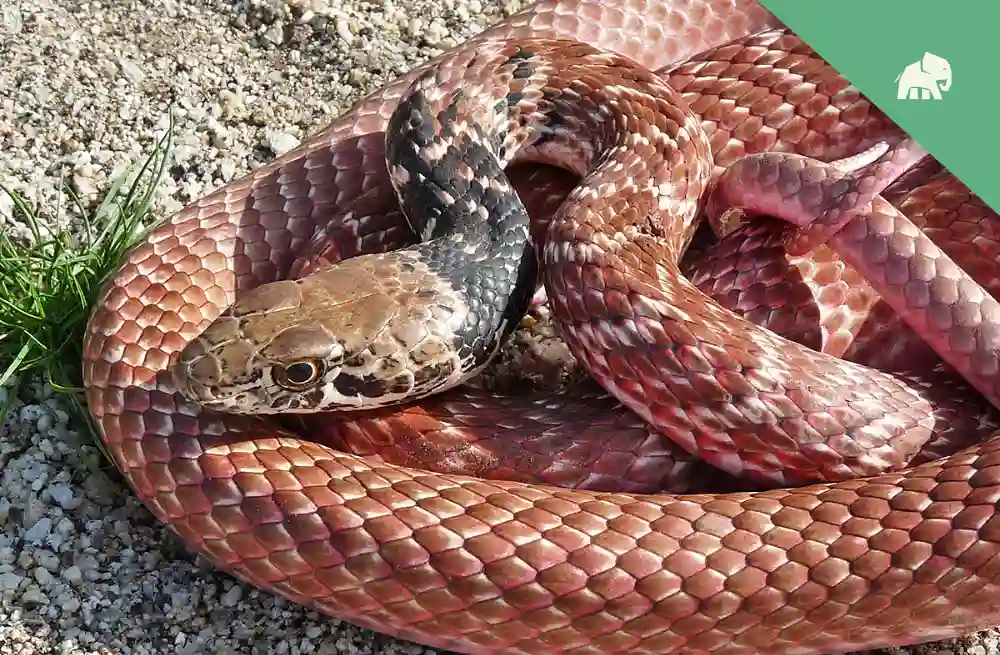The African wild dog, also known as the painted wolf, is a unique and fascinating species that inhabits the vast grasslands and savannas of Africa. Despite being an important predator in the ecosystem, the African wild dog is facing numerous threats to its survival, including habitat loss and fragmentation, hunting, and disease.
In this article, we will delve into the world of the African wild dog, exploring its physical characteristics, behavior, and ecosystem roles, as well as its conservation status and cultural significance.
| Category | Details |
|---|---|
| Kingdom | Animalia |
| Phylum | Chordata |
| Class | Mammalia |
| Order | Carnivora |
| Family | Canidae |
| Genus | Lycaon |
| Species | Lycaon pictus |
| Niche | Top predator and indicator species |
| Length | 3-3.5 ft (0.9-1.1 m) |
| Weight | 55-88 lbs (25-40 kg) |
| Lifespan | Up to 12 years in the wild |
| Social Structure | Pack animals, with packs ranging from 2 to 27 individuals |
| Conservation Status | Endangered (IUCN Red List) |
| Preferred Habitat | Savannas, grasslands, and woodland areas of Africa |
| Average Offspring | 6-10 pups per litter |
| Main Food Items | Medium-sized ungulates such as impalas and gazelles |
| Predators | Humans, lions, and hyenas |
African wild dogs Habitat and Range
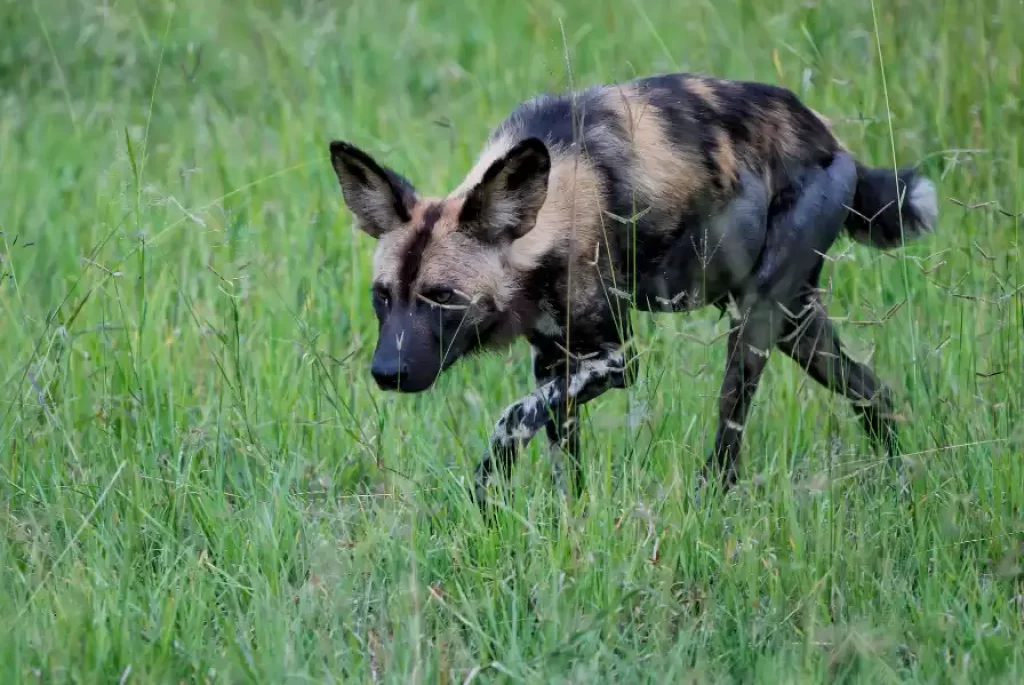
African wild dogs, also known as painted dogs, are one of the most successful predators in sub-Saharan Africa. They have a widespread distribution, ranging from Senegal to Ethiopia in the east, and down to South Africa. They are particularly common in protected areas such as national parks, game reserves, and wildlife sanctuaries, but can also be found in other habitats, including grasslands, savannas, woodlands, and even deserts.
Their range is primarily determined by the availability of prey, particularly medium-sized ungulates such as impala, gazelle, and springbok, although they have been known to take larger prey such as wildebeest and zebra. The size of their range can also vary depending on the season, as they may follow the migration patterns of their prey.
Despite their adaptability to a range of habitats, African wild dogs are facing several threats to their survival. These include habitat loss, fragmentation, and degradation due to human activities such as agriculture, mining, and urbanization.
In addition, they are susceptible to diseases such as rabies and distemper, which can be transmitted from domestic dogs. Therefore, it is important to implement conservation measures to protect their habitats and prevent the spread of disease, to ensure the survival of this unique and important predator.
African wild dogs Physical Characteristics
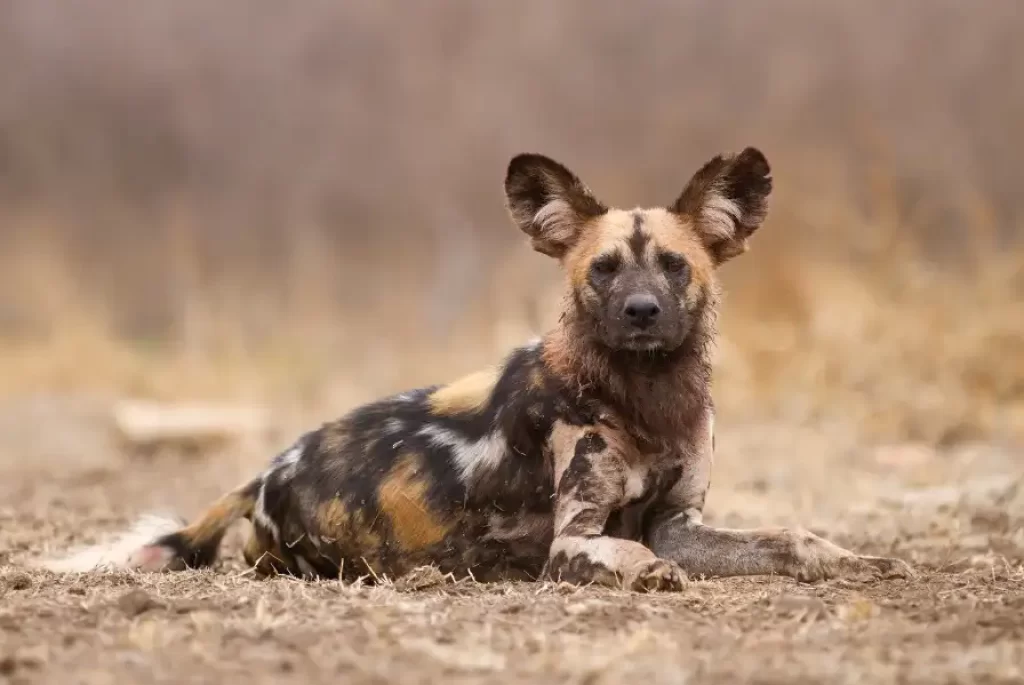
In addition to their unique coat pattern, African wild dogs have several other physical characteristics that make them well-suited to their environment. They have a lean, aerodynamic body shape that allows them to run long distances without tiring. Their long legs and narrow chest provide a low center of gravity, which enables them to make quick turns and changes in direction while chasing prey.
African wild dogs have large, rounded ears that can rotate independently, allowing them to pinpoint the location of prey and communicate with other pack members over long distances. They also have a well-developed sense of smell, with a specialized olfactory system that allows them to detect scents up to several kilometers away.
Their teeth are designed for slicing and tearing flesh, rather than crushing bone. They have powerful jaws with sharp, curved teeth that can inflict serious damage on their prey. African wild dogs have a high metabolism and need to consume a large amount of food to sustain their energy levels, particularly during periods of intense activity such as hunting or mating.
African wild dogs are also highly social animals, living in packs that can range from a few individuals to over 20. Within a pack, there is a strict hierarchy, with dominant individuals leading the group and younger or subordinate individuals following their lead.
They are also known for their vocalizations, which include a range of yelps, whines, and chirps, as well as a distinctive “hoo” call used to locate other pack members.
Overall, the physical characteristics of African wild dogs reflect their adaptation to an active, fast-paced lifestyle in the African savanna.
African wild dogs Diet and Predation
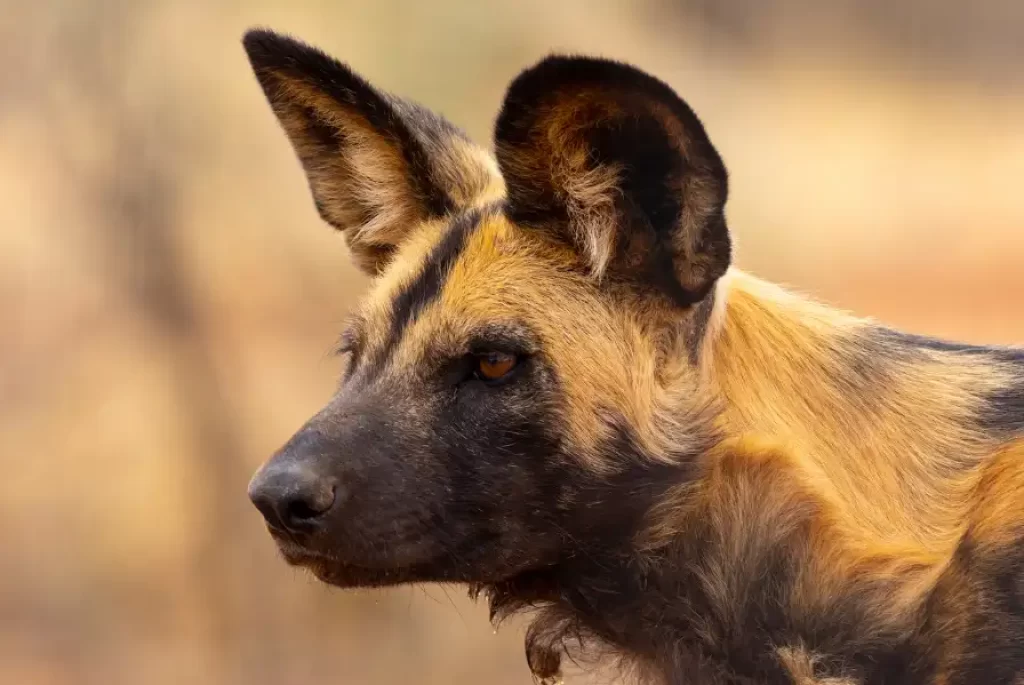
African wild dogs are highly efficient hunters and rely on their excellent sense of smell and teamwork to take down prey. They primarily hunt small to medium-sized antelopes such as impalas and gazelles, but also prey on larger animals such as wildebeests and zebras. African wild dogs are vulnerable to predation by lions, hyenas, and crocodiles, but are also capable of defending themselves against these predators.
African wild dogs Behavior and Social Structure
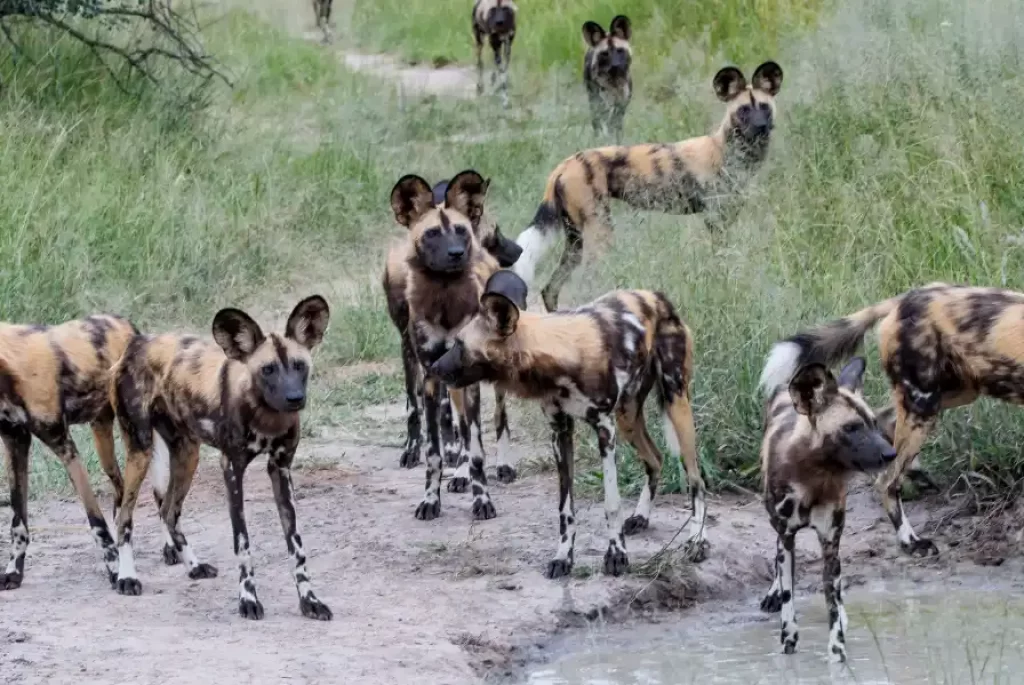
African wild dogs, also known as painted dogs, are highly social and cooperative animals that live in packs. Here are some key aspects of their behavior and social structure:
Pack size:
Wild dog packs can vary in size from just a few individuals to up to 40, with an average pack size of 8-10 animals.
Dominance hierarchy:
Within a pack, there is a dominant male and female that lead the group. However, wild dogs have a more fluid hierarchy than many other pack animals, and subordinate individuals may challenge the alpha pair for dominance.
Cooperation:
Wild dogs are incredibly cooperative and work together to hunt and care for young. They communicate with each other using a range of vocalizations, such as barks, whines, and growls.
Hunting:
African wild dogs are highly efficient hunters, with a success rate of up to 80%. They use their incredible stamina to pursue prey over long distances and work together to take down larger animals, such as antelopes.
Reproduction:
Wild dogs have a complex breeding system, with only the alpha pair breeding in most cases. The entire pack helps to care for the young, with individuals regurgitating food to feed the pups and taking turns to guard the den.
African wild dogs Life Cycle and Reproduction
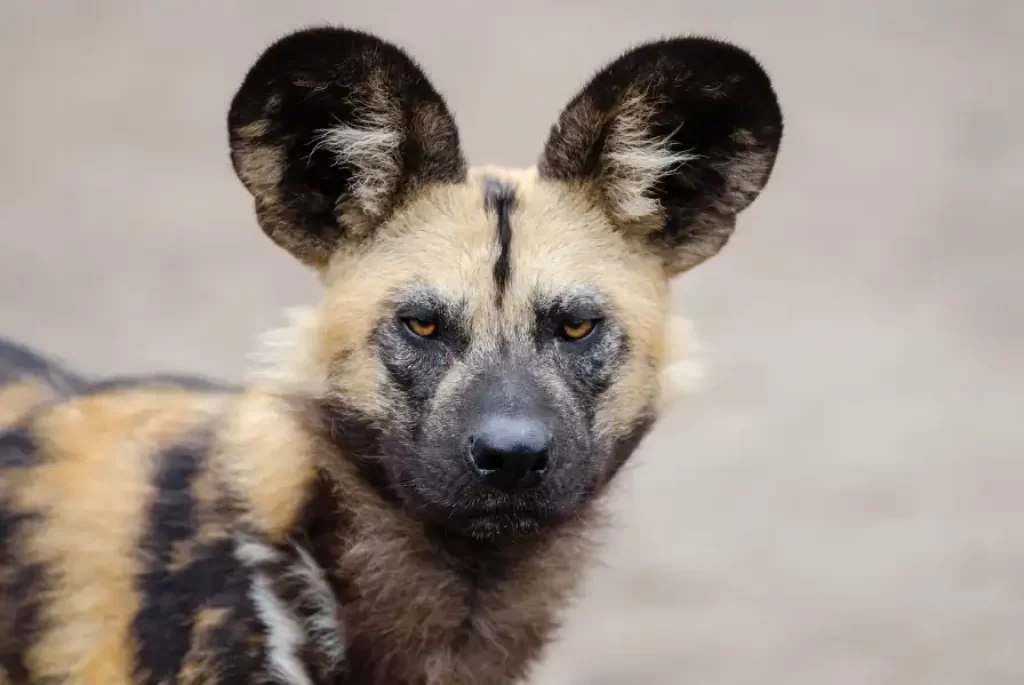
Female African wild dogs give birth to litters of up to 16 pups, which are cared for by the entire pack. Pups are born blind and helpless, and are kept in a den for the first few weeks of their lives. African wild dogs can live up to 10 years in the wild, but face numerous threats to their survival, including habitat loss, hunting, and disease.
Breeding season:
African wild dogs do not have a specific breeding season, but instead can mate throughout the year.
Dominant breeding pair:
Only the dominant male and female within the pack will typically mate and produce offspring.
Gestation period:
The gestation period for African wild dogs is around 70 days.
Litter size: Wild dogs typically give birth to litters of 6-16 pups, with an average litter size of around 10.
Denning:
The alpha female will choose a den site for her pups, typically a burrow or hole in the ground. The pack will then help to defend the den and care for the young.
Pup care:
The entire pack will assist in the care of the young, with individuals regurgitating food for the pups and taking turns to guard the den.
Weaning:
The pups will be weaned at around 3 months of age, and will then start to join the pack on hunts.
Dispersal:
As the pups reach sexual maturity, they will start to disperse from the pack to find mates and start their own packs.
African wild dogs Ecosystem Roles
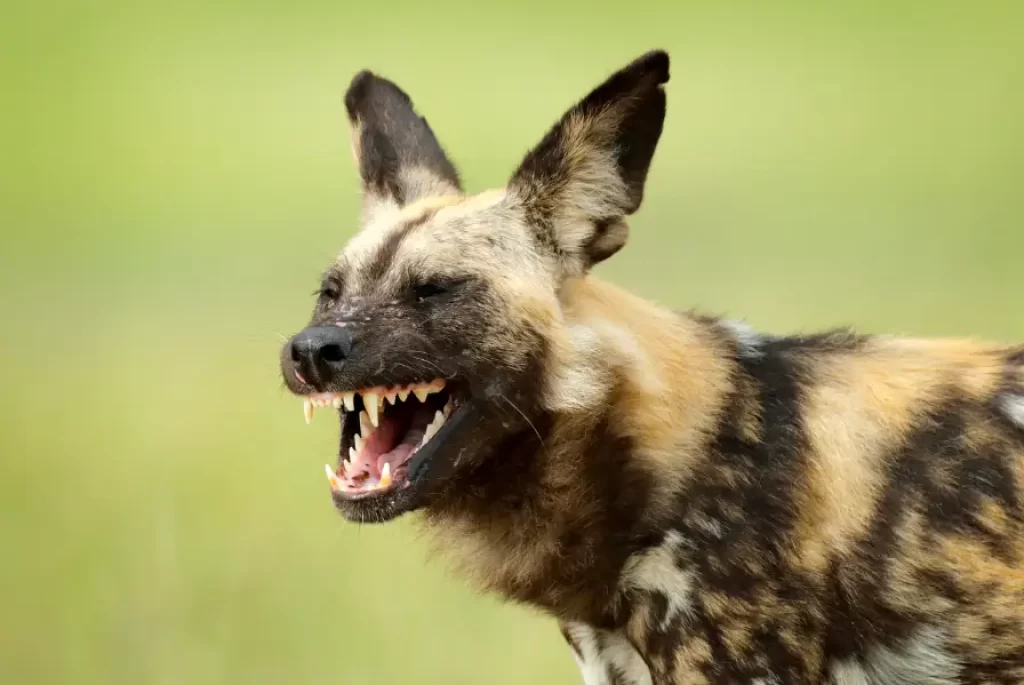
African wild dogs play important roles in their ecosystem as both predators and prey. Here are some key aspects of their ecosystem roles:
Predator:
African wild dogs are top predators in their ecosystem, and play an important role in regulating the populations of their prey species. They are highly efficient hunters, and are capable of taking down prey much larger than themselves, such as wildebeest and zebra.
Prey:
Despite being top predators, African wild dogs are also preyed upon by other animals, such as lions and hyenas. Their role as prey helps to regulate the populations of their predators.
Scavengers:
African wild dogs are also known to scavenge on carrion, which helps to recycle nutrients in the ecosystem.
Seed dispersal:
As they move through their environment, African wild dogs can help to disperse the seeds of plants, which contributes to the biodiversity and health of their ecosystem.
Indicator species:
Because African wild dogs require large, intact habitats to survive, their presence (or absence) can serve as an indicator of the health of the ecosystem as a whole. Protecting African wild dogs and their habitat can therefore benefit numerous other species that depend on the same ecosystem.
Conservation Status
African wild dogs are classified as endangered by the International Union for Conservation of Nature (IUCN) due to significant declines in their population size and range. They are threatened by habitat loss and fragmentation, as well as human persecution and disease. Conservation efforts are underway to protect the remaining African wild dog populations, including habitat restoration and disease management programs.
Cultural Significance
African wild dogs have been revered and feared by many African cultures, and are featured in a variety of myths and folktales. They are also important to ecotourism, and are a popular sight for visitors to African game reserves.
Conclusion
African wild dogs are a remarkable and important species that play a key role in their ecosystem as top predators and indicators of ecosystem health. Unfortunately, they are also facing numerous threats to their survival, including habitat loss and fragmentation, poaching, and disease.
However, by understanding their behavior, ecology, and conservation status, we can take steps to help protect them and ensure their survival for future generations. This requires a multi-faceted approach that addresses the various threats they face, while also promoting sustainable development and community involvement.
By working together, we can help to conserve African wild dogs and the ecosystems they inhabit, ensuring a brighter future for both wildlife and people.
African Wild Dog FAQ’s
What do African wild dogs eat?
African wild dogs are carnivores and primarily hunt medium-sized ungulates such as impalas, gazelles, and wildebeest. They are also known to eat smaller prey such as hares and rodents, and occasionally scavenge on carrion.
How do African wild dogs hunt?
African wild dogs are highly cooperative hunters and use a combination of stealth, speed, and endurance to catch their prey. They typically hunt in packs, using a coordinated approach to isolate and bring down their prey.
How many African wild dogs are left in the wild?
The population of African wild dogs has declined rapidly in recent decades, and there are currently estimated to be around 6,000 individuals remaining in the wild.
Why are African wild dogs endangered?
African wild dogs are endangered primarily due to habitat loss and fragmentation, as well as poaching and disease. Their reliance on large, intact habitats makes them particularly vulnerable to these threats.
Are African wild dogs dangerous to humans?
African wild dogs are generally not considered a threat to humans, as they are shy and elusive and typically avoid contact with people. However, as with any wild animal, caution should be exercised when encountering them in the wild.
How do African wild dogs communicate with each other?
African wild dogs have a complex system of vocalizations and body language that they use to communicate with each other. These include a variety of vocal calls, as well as ear and tail postures, body movements, and facial expressions.
How long do African wild dogs live?
African wild dogs typically live for around 10 years in the wild, although they can live up to 15 years in captivity.
How can I help conserve African wild dogs?
There are many ways to help conserve African wild dogs, including supporting conservation organizations, promoting sustainable tourism practices, and raising awareness about the importance of protecting these amazing animals and their habitat.




